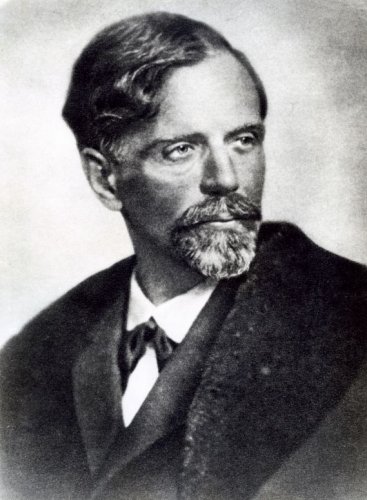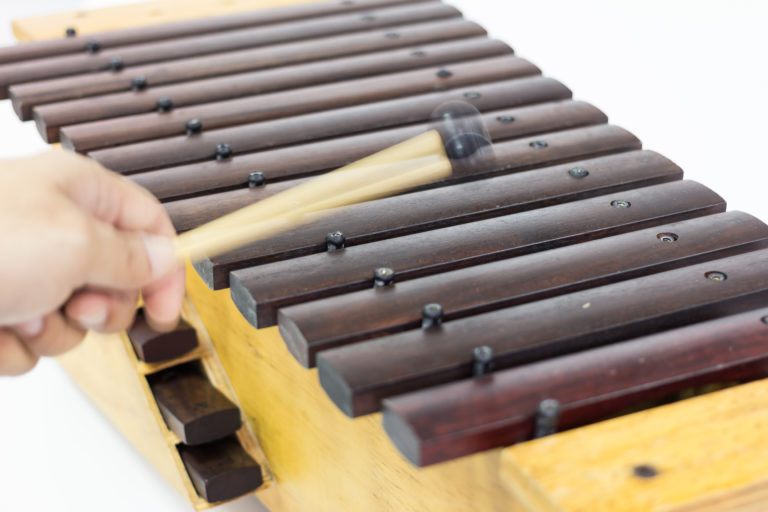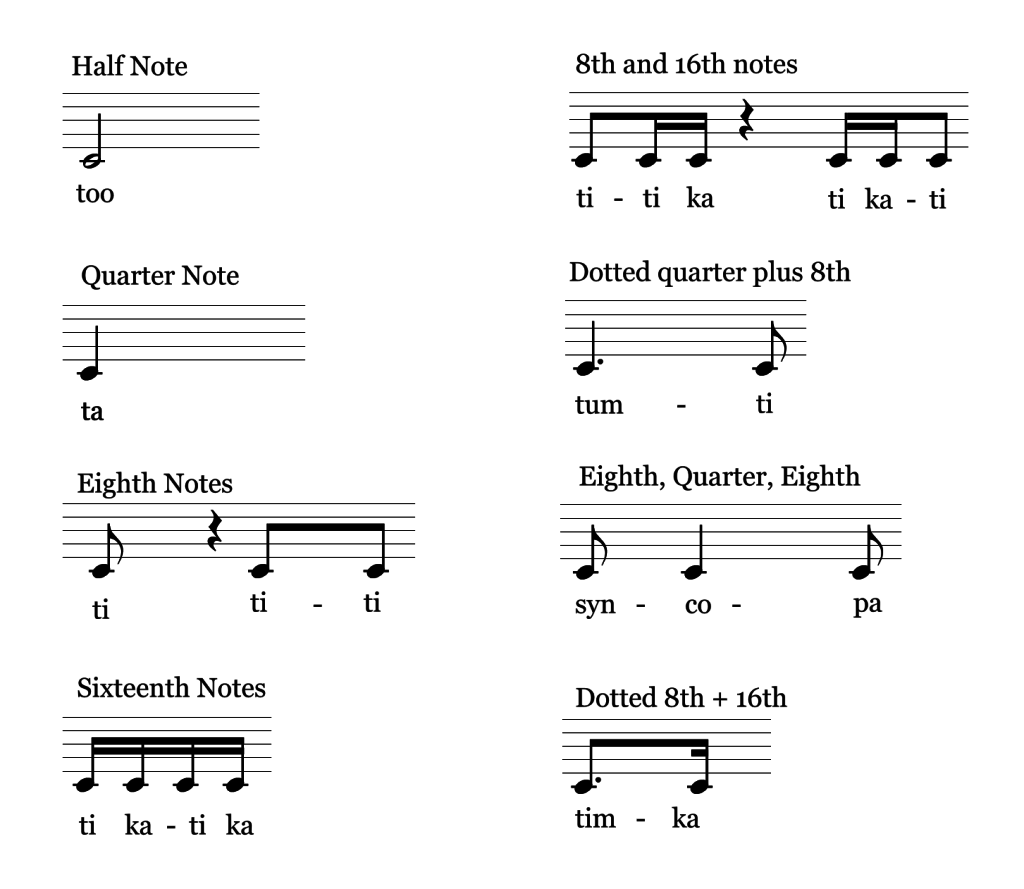There are countless ways to approach the journey of learning music. The most common traditional methods of learning music adhere to the idea that theory and a set curriculum should underlie one’s music education.
Others, however, believe that the experience of playing music itself is where the real learning takes place.
About Zoltan Kodály
Hungarian-born Zoltan Kodaly (1882-1967) was a composer and music educator who was responsible for pioneering a method of learning music that was interactive, community-oriented – and above all – fun.

Appalled by the state of music education in his country, he set out to create a new curriculum and develop new teaching methods for young students that would integrate their culture and heritage into their music learning.
Eventually, the Hungarian government began to implement his ideas in public schools. Soon after, the first primary music school opened in Hungary. The success of this first institution led to the opening of over 100 more like it in the following decade!
Inspired by his teaching methods, Zoltan Kodály’s colleagues, students, and friends went on to create the Kodály method, an approach to learning music that integrated principles from Kodály schools and existing techniques that provided a hands-on music education experience.
The Central Principles of Kodály
- Music should be taught from a young age. Kodály believed that music was among, if not the most important subject to teach in schools.
- Music should be taught in a logical and sequential manner.
- There should be a pleasure in learning music; learning should not be torturous.
- The voice is the most accessible, universal instrument.
- The musical material is taught in the context of the mother-tongue folk song.
The Kodály Method is for Children and Adults
Kodály’s original method was created with children’s development in mind; the aim was to complement children’s developing brains and aural skills, teaching them certain music skills at the time when their brains were growing.
With the method, children learn solfa, rhythm, hand signs, and singing in a logical and intuitive way, and at an early age that allows for easy skill acquisition.
However, this method is still incredibly useful for the adult brain. Its principles are universal in the world of music, and can benefit musicians of any level, especially the concepts of relative pitch, rhythm, and improvisation.
Comparing the Kodály Method and the Orff Approach
Both Zoltan Kodály and Carl Orff believed that music education should be hands-on, interactive and rooted in students’ culture and heritage. In both methods, the experience of music is of higher importance than intellectualizing music. However, while the two schools of thought behind the methods have a similar philosophy, they have different approaches.

The Kodály method uses the human voice as the primary instrument, using singing as a vehicle to teach sight singing and sight reading. Conversely, the Orff approach uses simple percussive instruments to teach students about rhythm and improvisation. One could say that Kodály is the more structured and sequential of the two, while Orff is more free-form.
Each has its advantages, but Kodály is particularly useful for ear training, and its teachings can be transferred over to any instrument!
Comparing Kodály to Traditional Music Education
By its very nature, Kodály stands in stark contrast to traditional music education; while typical lessons involve one-on-one coaching, a predetermined curriculum, and a foundation in classical music, the Kodály method is mostly designed for groups of students, has a more flexible road to learning` with no concrete levels, and is taught using the folk music of the students’ culture.
The Kodály way of learning allows for more creativity and collaboration than in traditional music lessons.
What is Taught in Kodály?
The principles included in the Kodály method were chosen carefully for their simplicity, versatility, and usefulness in memorizing pitches and rhythms. They include:
-
Movable “Do” Solfa
Solfa (or solfège) is a system for relative pitch ear training; it assigns an easy-to-remember syllable to each pitch. Many know it as “The Do-Re-Mi System”, but this doesn’t even scratch the surface as to understanding how useful it is.Learned correctly, solfa will enable you to recognize intervals, sight-sing, and easily write the melodies you hear in your head on paper.In a nutshell, solfa gives musicians a deeper understanding of the theory underlying the music they’re playing.
-
Hand Signs for Movable “Do” Solfa
To further strengthen the student’s association between the solfa syllables and their corresponding pitches, each one is accompanied by a different hand sign. Each pitch’s hand sign is made at a height that corresponds with its degree in the scale; for example, “do” is made at waist level, and “la” rests at approximately eye level.The result? The student associates each pitch not only with a syllable, but also with a specific hand. The hand signs complement and strengthen solfa learning.
-
Rhythm
The Kodály approach to understanding rhythm is rather like its way of teaching pitch. Different syllables are assigned to different note lengths. These syllables have been carefully selected in a way that make it easy and intuitive to count them out loud.

-
Creativity
The easy-to-follow associations that Kodály develops empower musicians to be creative and confident in their musical practice. Kodály students will eventually progress to improvising melodies and changing the rhythm of songs in creative ways.
-
Collaboration
Collaborative learning, collaborative practice! The Kodály method is meant to be communal and group-oriented, giving ample opportunities for the exchange of ideas between musicians.
How Can I Learn Kodály?
Now that you’ve seen how this interactive way of learning music is not just for children, check out websites of associations such as the Organization of American Kodály Educators, the British Kodály Academy, and the International Kodály Society to find a Kodály class near you!
If you want to test the waters, start integrating some principles from the Kodály method into your practice. Try the solfa method of learning relative pitch, use syllables to improve your understanding of rhythm, and of course, get your musically-inclined friends involved in your practice. And if you want to delve even deeper into the history and philosophy of the man behind the method himself, check out our full-length guide to the Kodály method.
After all, the idea that music is for sharing is at the heart of the Kodály method!